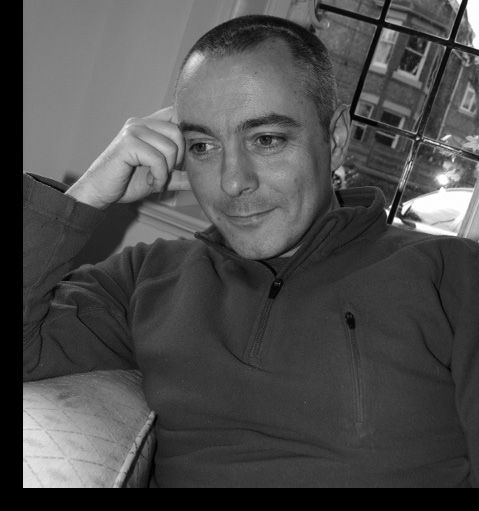
Physiology News Magazine
Obituary: Stephen O’Neill
1963–2012
Membership
Obituary: Stephen O’Neill
1963–2012
Membership
David Eisner, Godfrey Smith, Michael Taggart
https://doi.org/10.36866/pn.89.46

Stephen O’Neill was born in Paisley, Scotland and was the first member of his family to go to university. He attended Glasgow University where he studied Physiology as an undergraduate before doing a PhD on the heterogeneity of sympathetic innervation in the heart with Neil Spurway. He then moved as a postdoc to University College London where he worked in David Eisner’s laboratory.
Stephen made some of the first ever measurements of changes of intracellular calcium and pH during metabolic inhibition in the heart. One of his most influential studies showed that increasing the opening of the cardiac sarcoplasmic reticulum (SR) Ca release channel had no maintained effect on cardiac contractility. This paved the way for the concept that modifying release of calcium from the SR is not an inotropically useful target. Stephen then moved to a lectureship in Liverpool before transferring to Manchester University as Senior Lecturer in 1999. During this time he developed a major interest in the cellular mechanisms underlying the protective effects of fish oils on the heart. In particular, he identified the involvement of actions on the ryanodine receptor. Stephen’s experimental approach often featured technically difficult experiments on single heart cells with rapid solution changes while measuring cell length, fluorescence and/or membrane potential. He remained personally involved in experiments throughout his career, teaching his students and colleagues by example.
Joining The Physiological Society in 1990, Stephen was one of the first convenors of the Cardiac Special Interest Group and regularly contributed to and attended meetings. Collaborators near and far-afield benefited from his enquiring mind and ever-willing practical help. His expertise in cardiac muscle Ca2+ dynamics, on which topic he published over 50 papers, was easily transferred to making several notable collaborative contributions to the understanding of smooth muscle Ca2+ signalling.
Stephen enjoyed playing and following football, he was a devoted fan of St Mirren FC, as well as exploring the outdoors and travelling widely. Trips to New Zealand and Chile to attend Physiological Society meetings were combined with vacations exploring wonderful landscapes and climbing mountains. He developed a great affinity for South America, working in both Chile and Venezuela, and became fluent in Spanish. His most permanent liaison with South America came when he met Mary Diaz with whom he studied the mechanisms of Ca2+ waves in the heart. Their scientific relationship developed into a deep love, marriage and the birth of their son, little Stephen.
Anyone privileged to know Stephen was struck by his combination of human decency and intelligence. He was one of the least prejudiced people we knew and always took one on their individual merits. He had many national and international PhD students and postdocs all of whom benefited greatly from his care and advice. No matter whether it was specific advice on an intricate experiment that was required or alternatively general pastoral guidance, he was always generous with his time.
Stephen was diagnosed with a brain tumour six years ago. Throughout the ensuing surgery, radio- and chemotherapy he maintained a positive attitude and continued working and publishing until a matter of weeks before his death (aged 49). Stephen’s impact on those who met him can be gauged by the deep sadness felt on his early death. We are left with warm and lasting memories of an excellent physiologist and loyal friend.
The Society also regrets to announce the death of:
William F Dryden
Bill worked in the Department of Pharmacology at the University of Alberta and was a founding member of the Division of Neuroscience. He was a long-time Member of The Society and is remembered as a true renaissance man and mentor.
